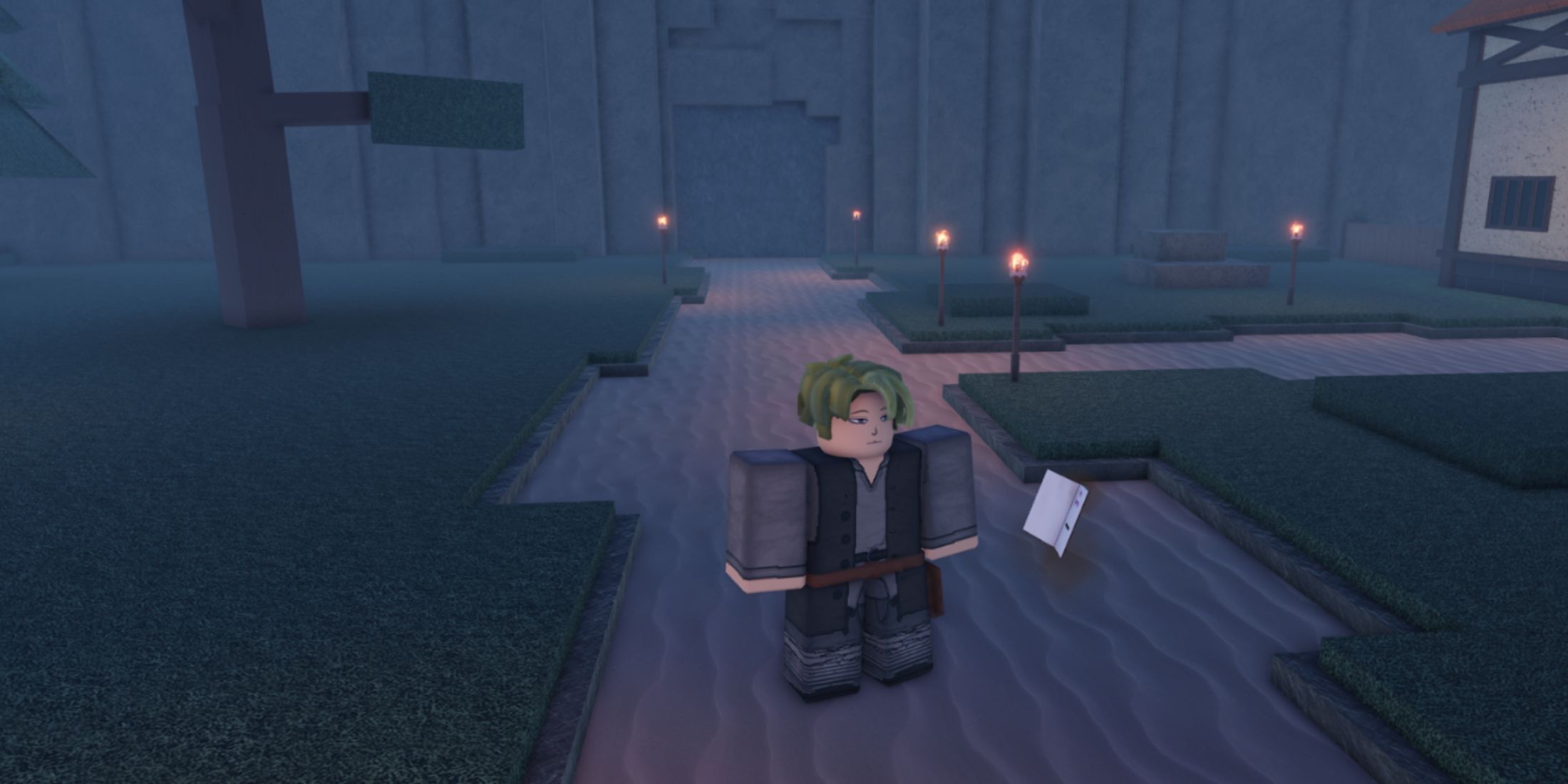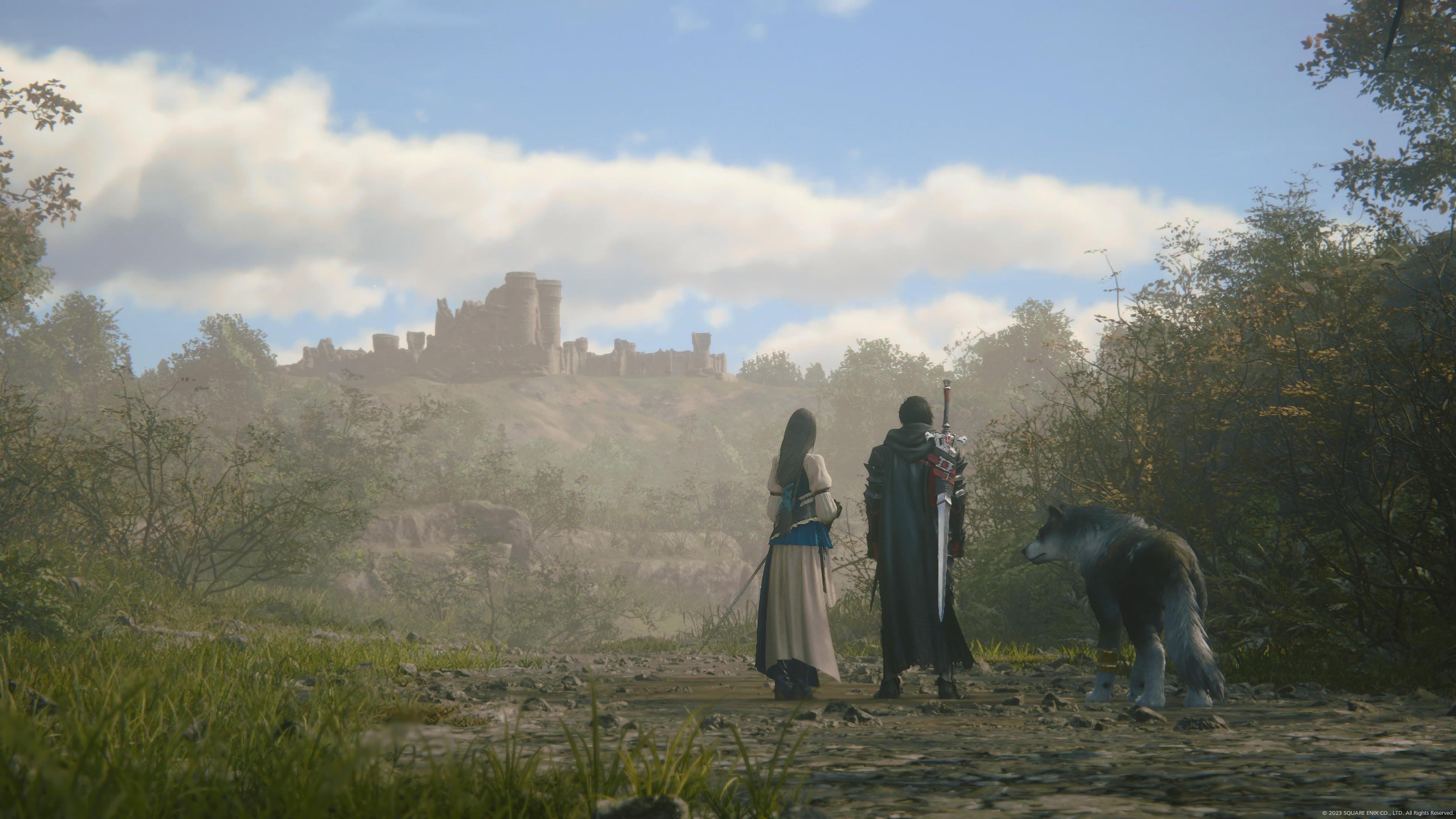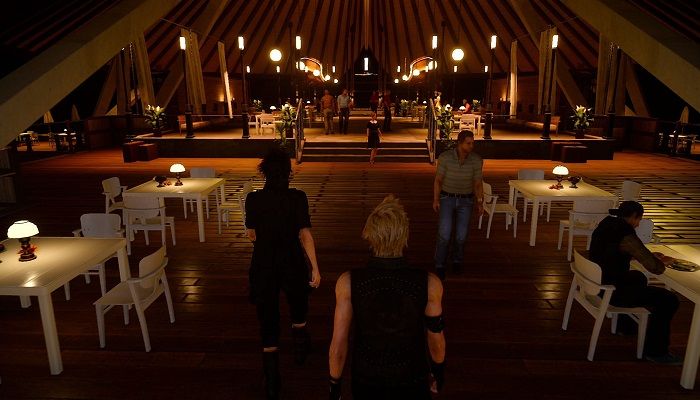Highlights
- Final Fantasy 16 takes on a more mature and dark tone compared to its predecessor, reflecting a medieval-inspired setting filled with suffering and abuse of power.
- The game's glum tone and lack of lighter moments may be a missed opportunity, as previous games in the series balanced serious moments with fun and lighthearted side quests and locations.
- Final Fantasy 16 could benefit from having a respite location like Galdin Quay in Final Fantasy 15 , offering the characters and players a peaceful space amidst the darkness.
Final Fantasy has gone through several different tones, styles, and philosophies in its pursuit of greatness. From the traditional themes of the first few games to the steampunk setting of Final Fantasy 6 and even the modern feeling of FF8, the consistency of the franchise lies in character development and story beats, not the way it looks or feels. In many ways, Final Fantasy 16 feels like a response to some of the criticisms levied at its 2016 predecessor, as that game was a far lighter affair than the one released in June.
Final Fantasy 16 follows Clive, Jill, Joshua, and Cid and their quest to bring peace to Valisthea by taking drastic measures into their own hands. The game established a strong core of likable characters, and the quest they are on provides a good driving force to keep the player entertained throughout, engaging in the fast-paced combat and watching the (often lengthy) cutscenes. However, through much of that tale, the tone is always glum and rarely do its personalities crack a smile or take a load off. Final Fantasy 15 gave players a place that was a suitable break from the more intense moments of its story, and the new release may have missed a trick not following suit.
Final Fantasy 16 Can Feel Hopeless
In returning to a medieval-inspired setting, Square Enix created a landscape that is rife with suffering, inequality, and flagrant abuse of power. Its potential for engaging stories to unfold is limitless, and the tone of Final Fantasy 16 makes Clive and his followers into a scalpel of light that's carving a way through a dark, hopeless world. The massacre at Eastpool early in the game is a clear indicator that the tale is a mature one, and seeing the devastation caused by the Holy Empire of Sanbreque and its neighbors is something that will linger in the minds of players for a while.
The more mature story and the more drab color palette are two massive contributing factors to Final Fantasy 16's notoriety, as it is such a stark difference to what has come before. Even though spots of Final Fantasy 14 from the same creative team can get serious, it balances it with lighter side quests and locations to keep it fun and ever-changing for players who spend a lot of time in Eorzea. FF15 is inherently lighter in atmosphere, with most of it taking place under a blue sky and in gorgeous cities like Lestallum and Altissia in the daytime. Galdin Quay is the jewel in its light-hearted crown.
Final Fantasy 15's Beach Settlement Offers the Perfect Respite
Galdin Quay in Final Fantasy 15 is one of the first settlements that Noctis and his friends visit to board a ship to Altissia so that the aforementioned protagonist can marry Lady Lunafreya. There, side quests can be collected and NPCs can be interacted with, each making the space feel well populated, and giving players a legitimate reason to return throughout the story.
However, the biggest benefit of Galdin Quay is that, no matter how tough things can get for the party, be it the harrowing scenes when Noctis leaves the crystal after his ten-year slumber or enduring the now-infamous chapter 13, it always offers respite from the gloominess. Final Fantasy 16 is dark, and rarely lets up; just having somewhere the party can go to relax or regroup in relative peace could have ensured the story isn't too dense with darkness.
Final Fantasy 16 is available now for PS5.






